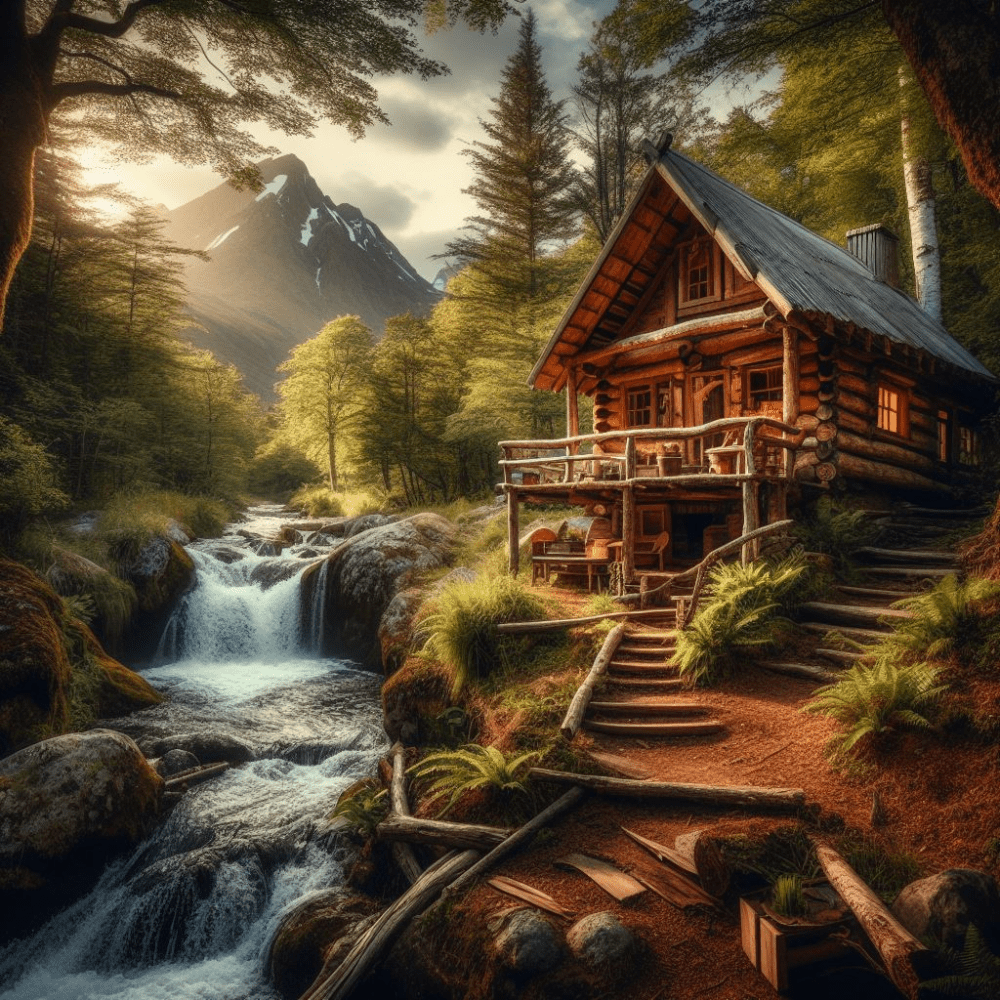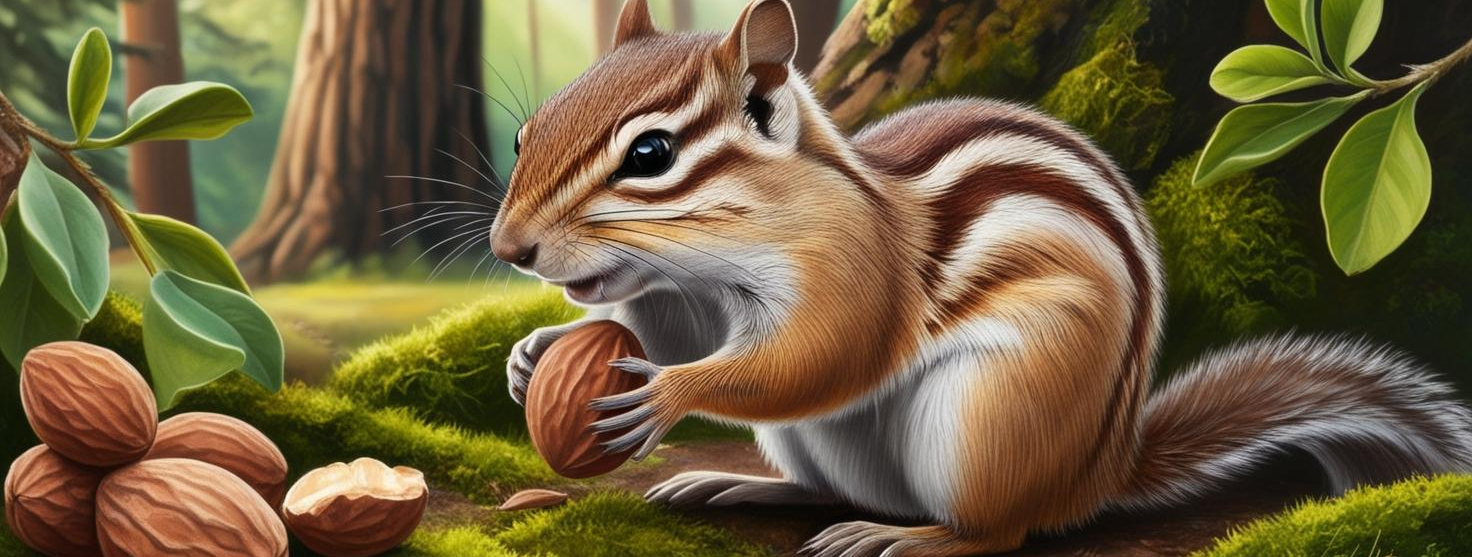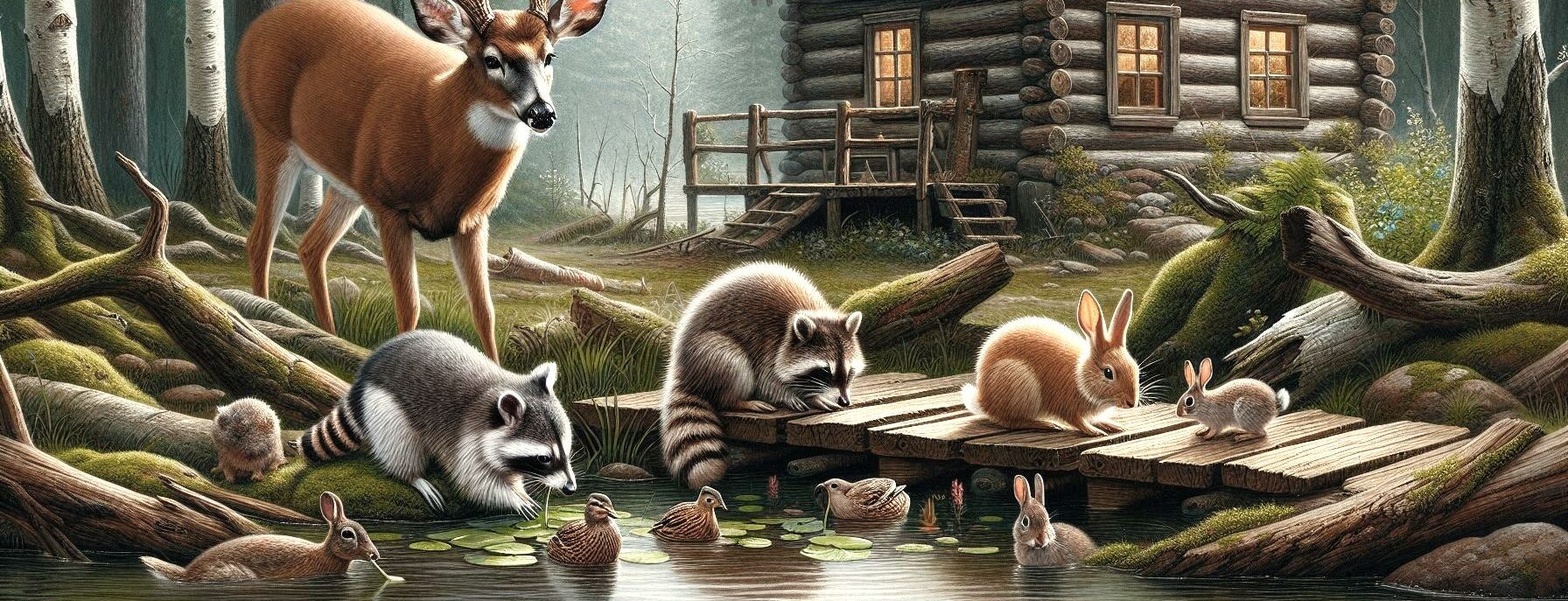Knowing the details about black bears and grizzly bears can make a world of difference, whether you’re a wildlife enthusiast or just curious about these magnificent creatures. These are two of the most iconic bear species in North America, but they come with their unique quirks and traits.
Both black bears and grizzly bears belong to the larger Ursidae family, yet they have distinctive characteristics that set them apart. Black bears, typically found in the forests of North America, are smaller with a sleeker build. Grizzly bears, on the other hand, are a subspecies of the brown bear and are notably larger with a signature hump on their shoulders—a muscle powerhouse used for digging.
You’ll often find black bears in a wider range of environments compared to grizzlies. Think dense forests, swamps, and even the occasional backyard in suburban areas. Grizzlies are more likely to call the open spaces of meadows, valleys, and tundras their home, mostly in parts of Alaska, Canada, and northwestern United States.
Understanding their differences isn’t just fascinating—it’s vital for conservation efforts, safety measures, and gaining a deeper appreciation for wildlife. When you dive into the lives of these bears, you start to see why protecting their habitats is so crucial.
Habitat: Where Do They Live?
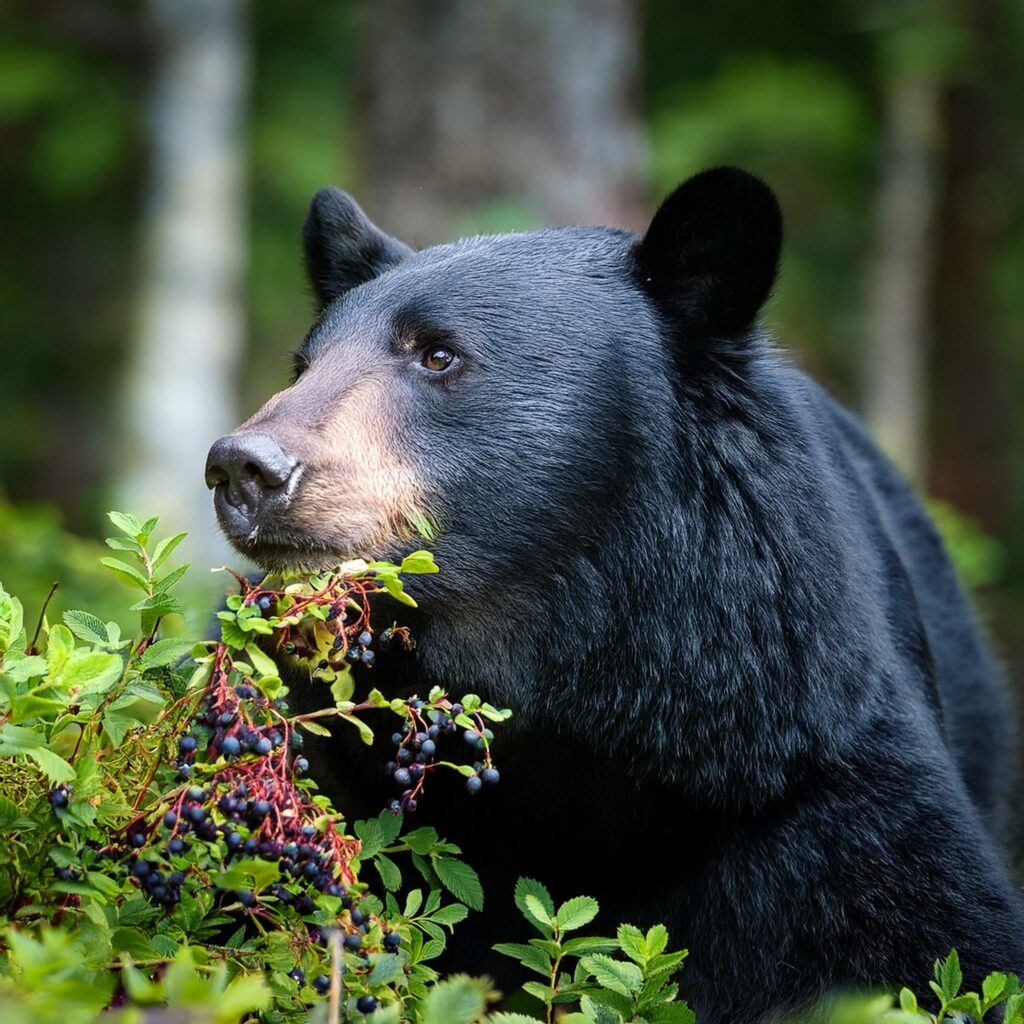
Black bears are the ultimate survivors. These versatile creatures can thrive in a variety of environments. You’ll find them in dense forests, swamps, mountains, and even occasionally venturing into suburban neighborhoods. This adaptability has helped black bears maintain a stable population across North America.
Grizzly bears, though, prefer more specific habitats. Their prime real estate includes meadows, valleys, and tundra regions where they can forage and hunt without much interference. You’ll mostly spot grizzlies in Alaska, parts of Canada, and the northwestern United States. Their habitats are more expansive and open compared to the denser environments black bears inhabit.
Human activities significantly impact both bear habitats. Urban expansion, deforestation, and climate change pose challenges to their traditional living spaces. The more we encroach on their territories, the more likely we are to encounter these majestic animals in unexpected places. This overlap can lead to increased human-bear conflicts, something both species would prefer to avoid if left undisturbed.
Interestingly, both species showcase remarkable adaptability. Black bears have been known to alter their behaviors to survive in fragmented habitats. Grizzly bears, while usually avoiding humans, still show significant shifts in their daily patterns in areas where human activity is prevalent. Their ability to stay hidden or move to less disturbed areas has been crucial for their survival.
Understanding these habitat preferences and the effects of human impact is essential for anyone interested in wildlife conservation or simply hoping to coexist peacefully with these animals. Supporting habitat preservation efforts can make a significant difference in maintaining the delicate balance of their ecosystems.
Behavioral Patterns: Day-to-Day Life Activities
Black bears and grizzly bears have their own routines and behaviors that make them fascinating to observe. For black bears, a major part of their day is foraging. They have a diverse diet, munching on berries, nuts, insects, and occasionally small animals. These bears are excellent climbers and often scale trees in search of food or to escape danger.
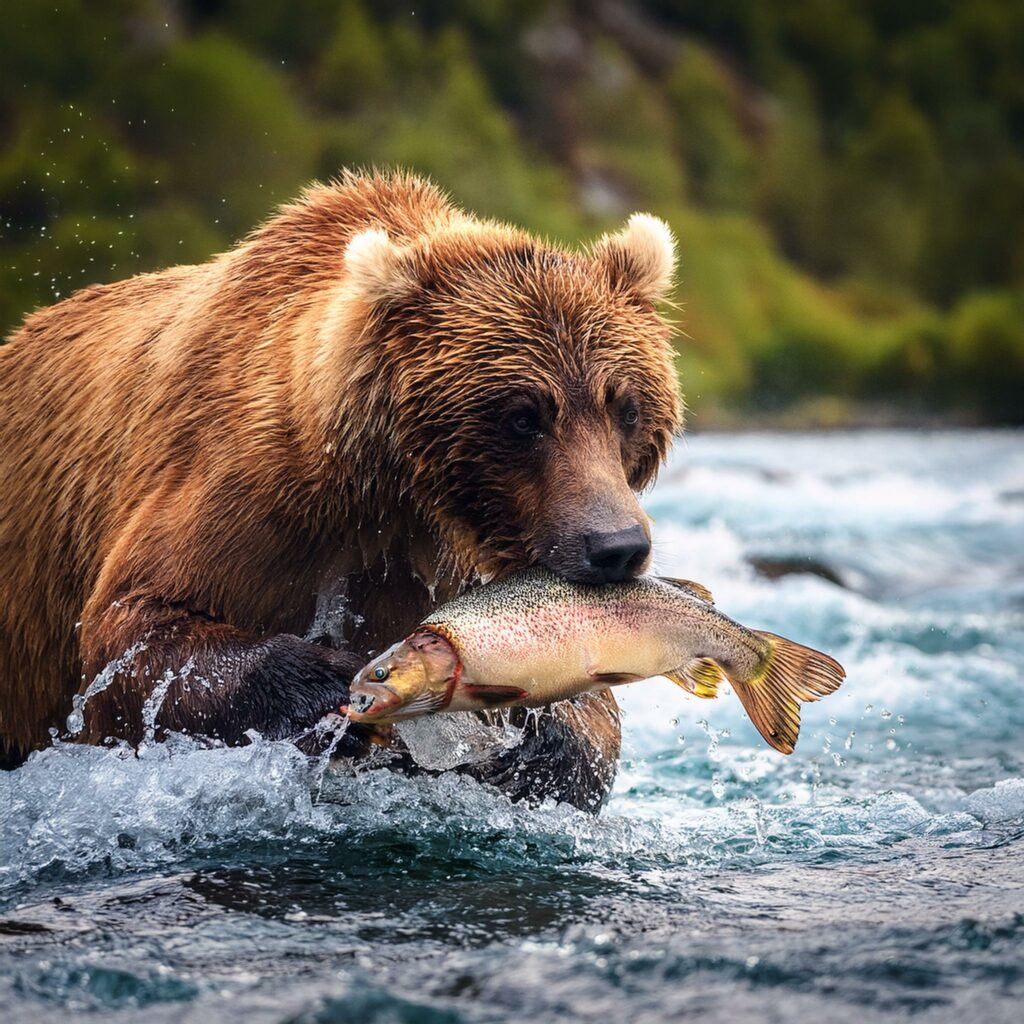
Grizzly bears, with their larger size, have a more protein-heavy diet. They feast on fish, especially salmon during spawning seasons, and aren’t shy about hunting large mammals like deer or elk. Their humped shoulders are a big advantage here, giving them the power to dig for roots or insects when other food sources are scarce.
Hibernation is another key behavior where these two species show differences. Black bears typically hibernate in hollow trees or dens they’ve dug themselves, while grizzlies prefer secluded caves or burrows. They spend months eating and building up fat reserves to survive the long winter slumber. During hibernation, both species significantly reduce their metabolic rates, but they can wake up if disturbed or during brief warm spells.
Interactions with humans have shifted bear behaviors in notable ways. Black bears, being more common near urban areas, often rummage through garbage, leading to dangerous encounters. Grizzlies tend to avoid human settlements, but when they do venture close, it’s usually due to food scarcity or habitat encroachment. Understanding these interactions is critical for developing effective bear management strategies to ensure safety for both humans and bears.
When it comes to mating and raising offspring, there are fascinating similarities and differences. Both species breed in the late spring or early summer, and the females give birth during hibernation. Black bear cubs are born blind and helpless but grow quickly on their mother’s rich milk. Grizzly bear cubs, though also born small, tend to stay with their mothers longer, learning essential survival skills for up to three years. Observing these maternal behaviors highlights the intelligence and adaptability of these bears.
Conservation Efforts and Challenges
Black bears and grizzly bears face unique challenges when it comes to conservation. Understanding their needs and the threats they face is crucial to developing effective strategies. Currently, black bears have a relatively stable population across North America. However, their adaptability can sometimes create conflicts with humans, especially in urban areas where they scavenge for food. Conservationists focus on public education, waste management, and creating bear-proof environments to minimize these encounters.
Grizzly bears, unfortunately, have a tougher time. Their preference for specific habitats makes them more vulnerable to changes in the environment. The fragmentation of their habitats due to deforestation, mining, and urban expansion puts a significant strain on their populations. Additionally, climate change affects their food sources, such as salmon runs, which are essential for their survival. Conservation efforts for grizzlies often involve habitat restoration, legal protections, and, in some areas, reintroduction programs.
Human-wildlife conflict is an ongoing challenge for both species. Learning to coexist is paramount. Installing bear-proof trash bins, refraining from feeding wildlife, and respecting bear habitats when hiking or camping can all reduce negative interactions. Communities near bear habitats benefit greatly from education about safe practices and how to react during bear encounters.
Conservation programs for both black bears and grizzly bears have seen some success but are ongoing battles. Involving local communities in conservation efforts can make a huge difference. Supporting organizations that focus on habitat preservation, anti-poaching laws, and wildlife corridors is vital. By working together, we can ensure that these magnificent creatures continue to thrive in their natural environments.
Below are two short videos about the lives of both the Black Bear and the Grizzly Bear. Take a look. They are fun to watch.
